The Lao Cai - Hanoi - Hai Phong railway project, one of the key projects being strongly directed by the Party and the State, has recently been requested by Prime Minister Pham Minh Chinh, Head of the Steering Committee for key projects and national important railway projects, to work with the Chinese side on the basis of the pre-feasibility study report to negotiate a Framework Agreement for this project in May.
The loan agreement will be signed in November this year. The government also set a target of starting construction on some packages by the end of this year.
The total investment of the Lao Cai - Hanoi - Hai Phong railway is expected to be nearly 8.4 billion USD. With the advantage of low fares and large transport volume, when completed, it will connect with the Chinese railway, contributing to improving cross-border transport capacity, opening up many economic development opportunities for Vietnam and the region.
Mr. Nguyen Van Tien - General Director of Hateco Hai Phong International Container Port Company said: "When we have the railway, we expect the volume of goods to increase by 20-30% and at that time, the import and export volume we are calculating is that long routes will be more than short routes. In particular, we can take shortcuts through China and to Europe. This is a very good multimodal service chain for import and export businesses".
"There will be gathering stations in areas near deep-water ports, so direct transport by rail will be very convenient for seaports and import-export businesses in the near future," said Mr. Ngo Trung Hieu - General Director of TIL International Port Company, Hai Phong Port.
Capital for Lao Cai - Hanoi - Hai Phong railway
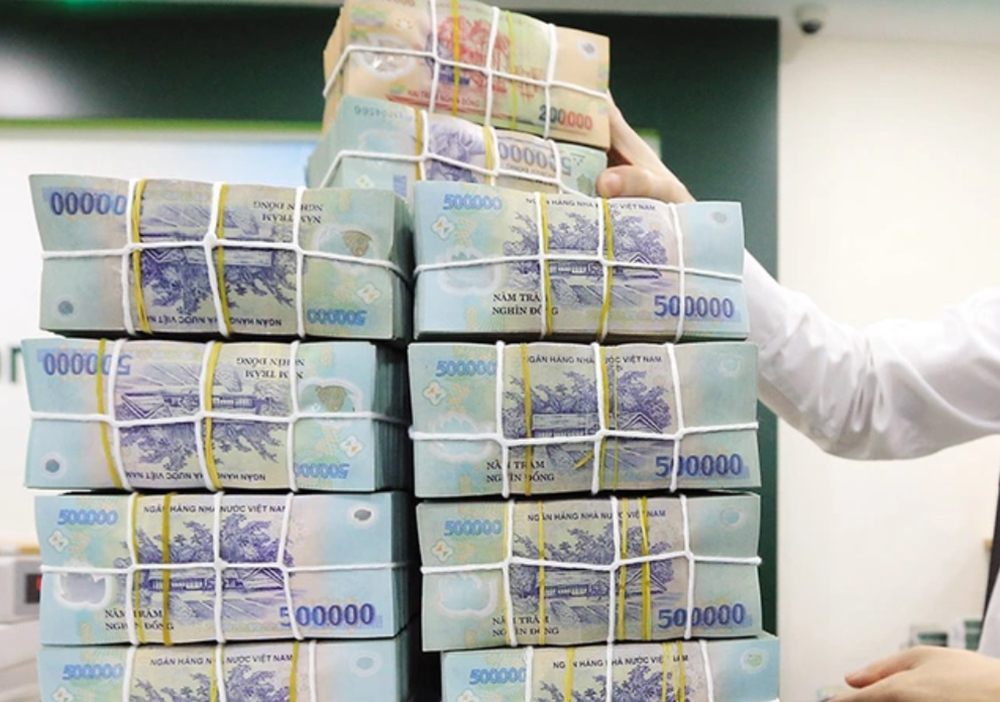
The Lao Cai - Hanoi - Hai Phong railway project has a total investment of nearly 8.4 billion USD, and the capital mechanism is considered one of the important conditions for the project to be implemented soon.
In February 2025, Resolution 187 was issued by the National Assembly, approving 18 specific policy mechanisms for the Lao Cai - Hanoi - Hai Phong railway project. Typically, localities are allowed to advance capital to carry out the project, approve the project without having to adjust related planning, or apply the form of bidding. In particular, the capital mechanism is considered one of the important conditions for the project to be implemented soon.
The 8-hectare land will be one of the resettlement areas that Hai Phong City has prepared for the project. The total cost of compensation for site clearance is nearly 5,900 billion VND. The city has also proactively spent another 5,100 billion VND to build a railway branch connecting the main line to Nam Do Son port. Thus, Hai Phong has proposed to contribute nearly 11,000 billion VND to the Lao Cai - Hanoi - Hai Phong railway project.
Mr. Nguyen Duc Tho - Vice Chairman of Hai Phong City People's Committee said: "In that spirit, we have held a steering committee meeting and assigned specific tasks to localities and components. Currently, we have gone to the field and implemented the project of site clearance as well as resettlement construction."
Lach Huyen deep-water port of Hai Phong will be the final point of the Lao Cai - Hanoi - Hai Phong railway line. The total length through Hai Phong city is about 66km.
The project has a total investment of nearly 8.4 billion USD, equivalent to more than 203,000 billion VND, using state budget capital mobilized from central budget sources, local budgets, government bonds, other legal capital sources and can also use loans with reasonable interest rates.
Mr. Nguyen Khanh Tung - Deputy Director of the Railway Project Management Board, Ministry of Construction said: "Currently, we are also coordinating with the departments of the Ministry of Construction to prepare the conditions to report to the Ministry of Finance, coordinating with agencies to work with sponsors from relevant agencies to find capital sources to implement the project".
The project investment is expected to create a premise and driving force for national development in the new era, enhance national competitiveness; meet transportation needs, and open up new economic development space.
Connecting the second largest transport corridor in the country
At the Lach Huyen deep-water port area in Hai Phong, some port enterprises said they are ready to invest in railway branches to connect with the main Lao Cai - Hanoi - Hai Phong route to the wharf. This connection will contribute to creating a multimodal transport network, with the goal of becoming a cargo transit center between Vietnam and the world.
At Hai Phong, there are expected to be 3 stations located in the seaport areas of Lach Huyen, Dinh Vu and Nam Do Son. The connection with logistics centers will help ensure the synchronization and efficiency of the network exploitation of the Lao Cai - Hanoi - Hai Phong railway line.
Mr. Dang Sy Manh - Chairman of the Board of Members of Vietnam Railway Corporation said: "The demand for passenger and cargo transportation is very high. This is also the shortest connection from Southwest China to the sea. When connecting this route, it meets the very high demand for passenger and cargo transportation of the Lao Cai - Hanoi - Hai Phong corridor".
The addition of a railway project with a standard gauge of 1,435mm and a designed speed of 160km/h will contribute to connecting rail, sea and road transport modes to reduce logistics costs.
Mr. Nguyen Xuan Sang - Deputy Minister of Construction said: "Right from the planning, we have taken this into account and during the investment and construction process of the project, we will also plan to exploit this infrastructure, including railway infrastructure, which is one of the links to exploit multimodal transport."
The Lao Cai - Hanoi - Hai Phong railway is the corridor with the second largest demand for passenger and cargo transport in the country, after the North - South economic corridor, helping to shorten transportation time and facilitate the continuous flow of international goods.
The Lao Cai - Hanoi - Hai Phong railway is over 390km long, passing through 9 provinces and cities. The design speed is 160km/h. The project is expected to be completed by 2030. The project helps shorten transportation time, facilitate the continuous flow of goods, reduce costs and improve logistics capacity, opening up many opportunities for import and export and economic growth in Vietnam.
(According to VTV)
Source: https://baoyenbai.com.vn/12/348648/Day-nhanh-tien-do-trien-khai-duong-sat-Lao-Cai---Ha-Noi---Hai-Phong.aspx


![[Photo] Ready for the top competitions of Vietnamese table tennis](https://vphoto.vietnam.vn/thumb/1200x675/vietnam/resource/IMAGE/2025/5/18/9c547c497c5a4ade8f98c8e7d44f5a41)

![[Photo] Party and State leaders attend the special art program "You are Ho Chi Minh"](https://vphoto.vietnam.vn/thumb/1200x675/vietnam/resource/IMAGE/2025/5/18/6895913f94fd4c51aa4564ab14c3f250)


![[Photo] Many young people patiently lined up under the hot sun to receive a special supplement from Nhan Dan Newspaper.](https://vphoto.vietnam.vn/thumb/1200x675/vietnam/resource/IMAGE/2025/5/18/6f19d322f9364f0ebb6fbfe9377842d3)
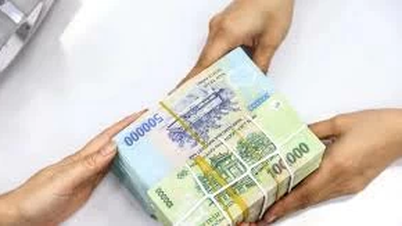

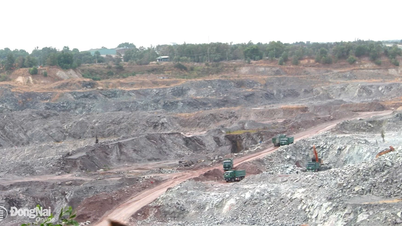
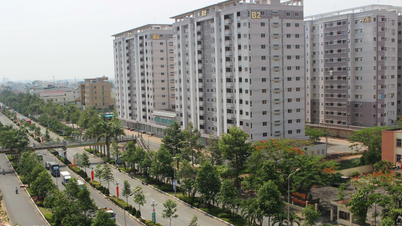


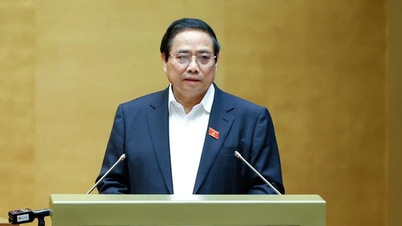








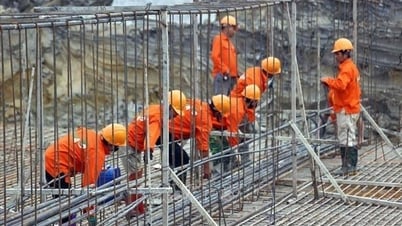
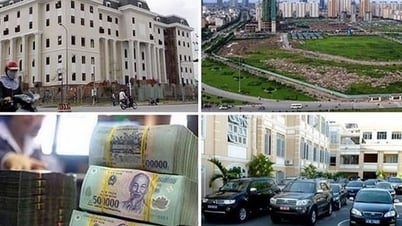
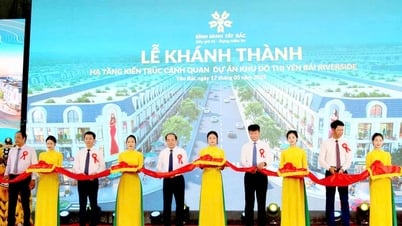






















































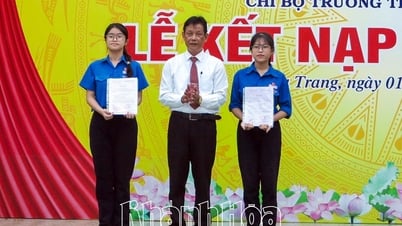










Comment (0)